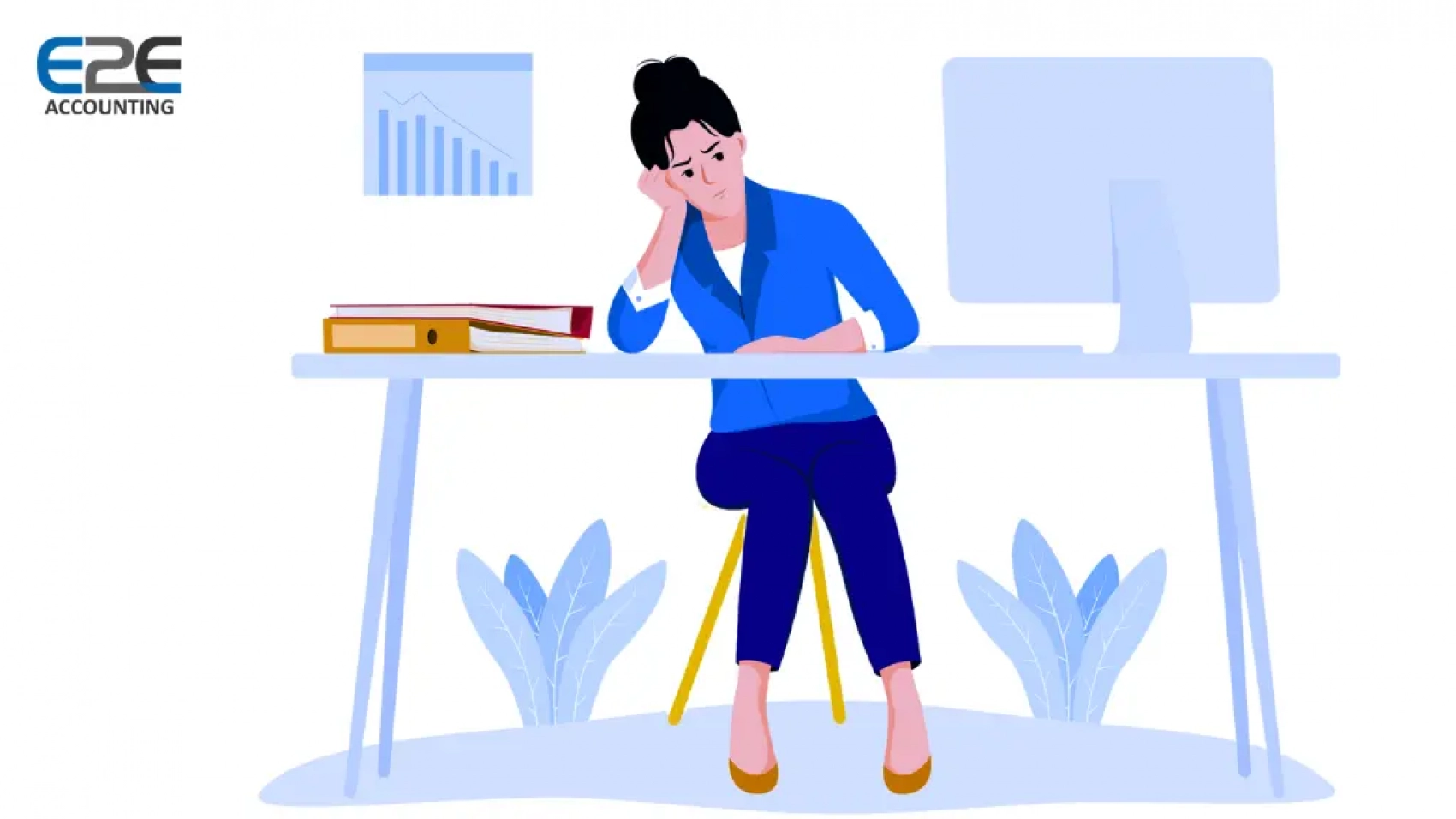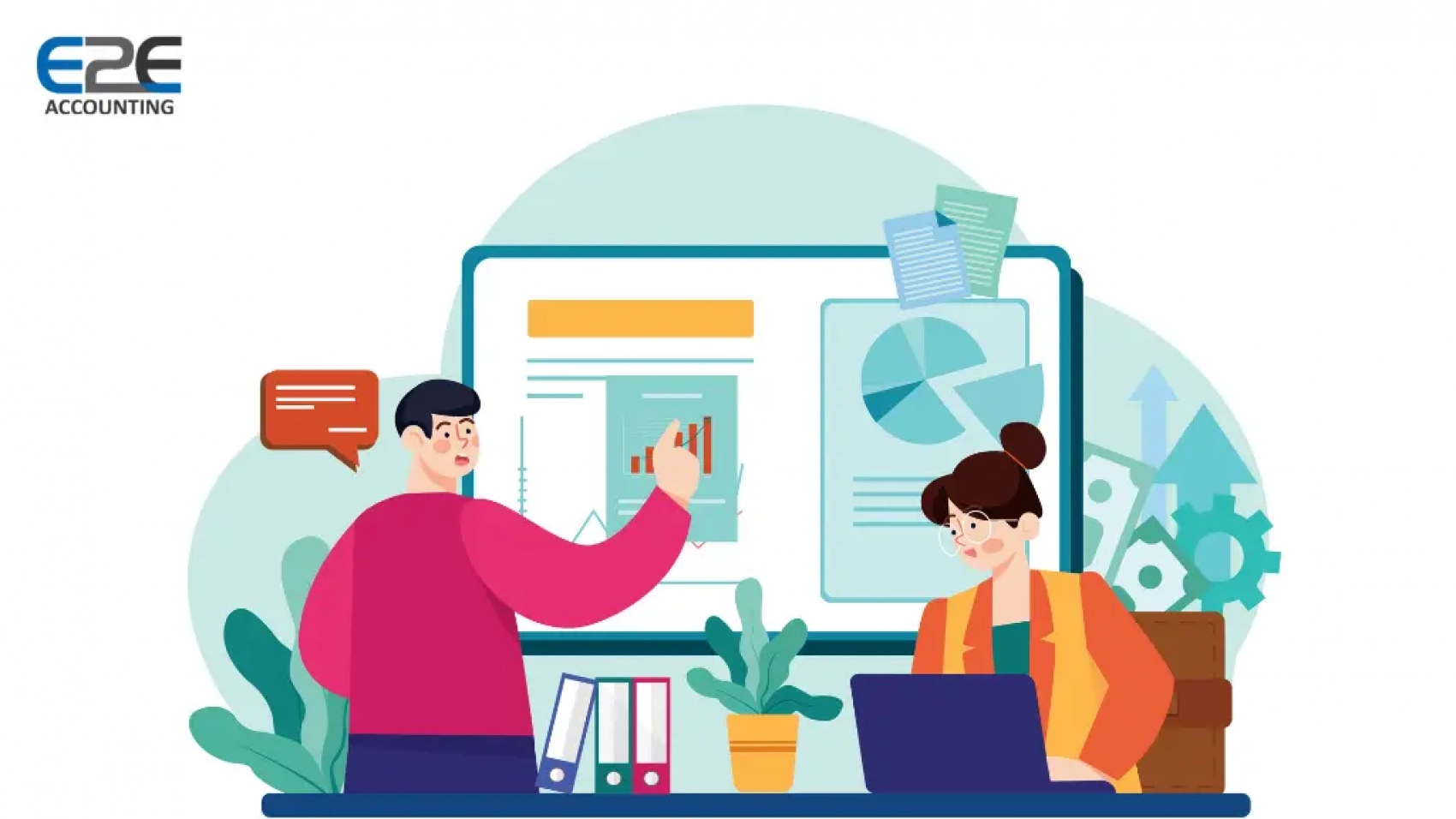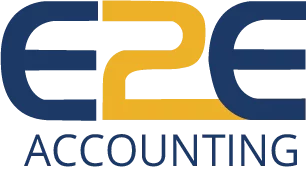Being an entrepreneur can be a beautiful and fulfilling journey, where you are your boss and watch your business grow from strength to strength. However, it also comes with its fair share of challenges. You are the CEO, the marketing manager, and the event director, all wrapped into one. There is a constant juggle of wearing many hats, including in areas where one might not necessarily have any experience whatsoever. One such area is Accounting! Let’s look at the top 10 Accounting mistakes that Small Businesses can avoid in this domain.
Doing it on your own.
Imagine this! As a patissier, you run a business baking artisanal cake. Your value-added tasks are those for which customers are willing to pay you. To run a successful baking business, however, you will also have to undertake some support tasks, such as marketing and maintaining financial and accounting records. Although support tasks are necessary and essential, they can divert some of your focus away from your core business activities. However, with support activities, one has a choice to either work on them independently or outsource them.
Not using Cloud Applications.
Accounting can be daunting for a business owner, but the advent of cloud computing has ensured that everyone can have organized, user-friendly, and secure accounting software at their fingertips. Using cloud accounting software provides reliable data with less room for human errors. A large amount of sensitive data can be stored, which can be easily accessed by business owners, thereby giving them the power to know their business’s financial position at any given point in time.
Creation of Multiple Chart of Accounts.
A coherent COA is the foundation of the reporting that the business will be required to perform. From a record-keeping perspective, a Chart of Accounts is the most fundamental planning requirement for a business. Creating multiple Charts of accounts can be one of the most serious accounting mistakes a small business could make, as the Chart of Accounts is the framework on which reporting, whether for bookkeeping, GAAP, or Tax, will be based.
Delay in Accounting.
Regular accounting helps you track the movement of money in and out of your business, which enables you to make informed decisions and leads to a thriving business.
Focusing on Revenue and not Cost.
Most small businesses want their revenue numbers to show a steady rise, and who doesn’t? However, in the rush to achieve significant topline numbers, many small business owners tend to overlook the importance of focusing on Cost. To put it simply, your Revenues – Cost = Profit.
So, while the topline might look good, the bottom line, which is the profitability of the business and is more valuable for a healthy, thriving business, gets ignored. How does one achieve a balance between focusing on costs and revenues? Ask yourself questions like: Is there a way to save on taxes? Is there a way to standardize the processes? Are you managing your inventory efficiently?
Not segregating personal expenses and business expenses.
Small business owners oftentimes do not segregate their personal and business expenses, given that they might be the sole proprietors of the business. This can lead to challenges when tax time arrives. Underreporting or overreporting of business expenses results in an unclear picture of the business’s income.
Not reviewing Profit and loss accounts on a monthly basis.
A Profit and Loss account shows the health of your business in terms of what is your income and what is your expenses. You can identify the costs that need analysis, as well as whether your Revenue is in line with your goals.
Just focusing on cash management.
Cash is undoubtedly one of the most crucial financial metrics. Hence, the goal of good management should be to eliminate surprises related to cash and ensure that there is sufficient cash for the business to meet its daily cash needs.
Additionally, while excess cash may seem beneficial in the short term, it may indicate that the business did not utilize it effectively to generate more profits, and it may also suggest that the business missed opportunities due to its short-sighted cash management.
Too much inventory.
While a business would always want to maintain an optimal level of inventory to avoid future raw material shortages, it runs the risk of being too cautious and being stuck with excess inventory, which can eventually lead to cash flow issues.
Excess inventory is also more susceptible to theft. More than optimal inventory also means there might be slow-moving stock, which is a source of working capital loss. The ideal way to manage inventory is to be proactive and on top of the requirements, which means accounting and recording of data must be up to date.
Being unaware of compliances.
Legal compliance is an integral part of any business. Businesses need to meet compliance requirements to run their operations smoothly without incurring any penalties. Knowing the compliance requirements not only helps businesses to be on the right side of the law but also brings in a lot of customer trust.
Small businesses are no exception when it comes to meeting compliance requirements. The compliance requirements can range from Legal (entity-specific compliances for businesses, depending on whether they are a Sole Proprietorship, private limited company, or Partnership) to Human resources (Labor laws) to Tax (including income tax, National Insurance, corporation tax, and sales tax).
Conclusion
Accounting mistakes can be reduced to a great extent only if you get to experience hands in managing this task. While working with multiple clients, we have noticed that businesses have profited from the experience of accountants by avoiding costly mistakes. Hiring an experienced accountant is a significant investment, but it has long-term benefits. If you cannot recruit one, you can avail of their services through an accounting outsourcing service provider.
To get hands-on with the best accountant, you will have to choose the best service provider, like E2E Accounting. It has established its reputation by providing experienced and talented accountants to many of its competitors, which has helped them reduce accounting errors and increase efficiency. For more information on our services, please write to us using our contact form, and our executives will be in touch with you.
All the best and looking forward to connecting with you soon.




